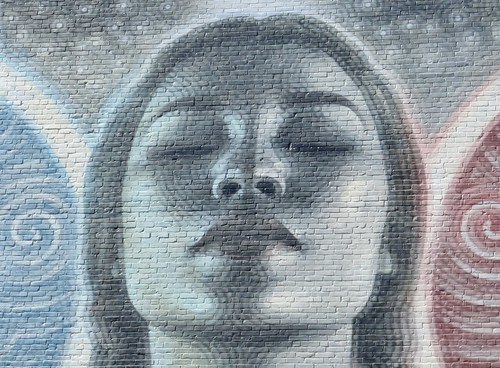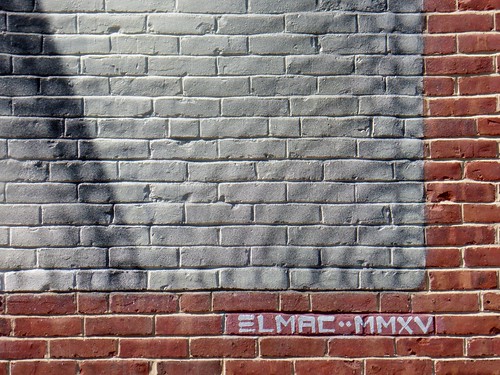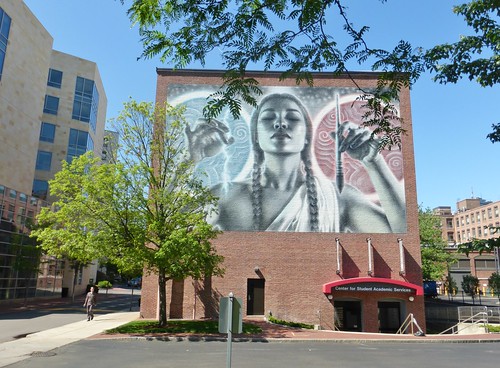I’ve been thinking a lot lately about the relationship between words and images. I share a lot of words and photos here on my blog, and I produce a lot of words and images that never get posted here. I consider myself a writer who also takes pictures, the “taking pictures” always taking second place to the “writing.” But although I consider myself more a shutterbug than a serious photographer, I have to admit how reliant upon images my writing has become. Although I certainly can describe things without an accompanying photo to illustrate, whenever I find myself at a loss for words, it’s often because I haven’t been looking at (or photographing) much.
I’m coming to realize that looking at things–particularly new or interesting things–is an important part of my composition process, even if what I’m writing has nothing to do with what I’ve been looking at. I guess you could say I’m a visual thinker: whereas some people are inspired by ideas or sounds or even smells, my personal muse seems have big, wide-open eyes. When I’m in search of inspiration, looking is more fruitful than thinking: thinking just leads me in circles, but looking at something interesting perks me up in a way that few other things can.
Last weekend while I was at Northeastern University for the BRAWN Summer Institute, I went to a session on place-based pedagogy. I’ve always described Hoarded Ordinaries as being a blog about place, and when I taught a first-year writing class called “The Art of Natural History” at Keene State College, I encouraged my students to choose research topics that similarly close-to-home: “topics they could touch” was how I described it. Now that I divide my days between two different campuses, I’ve struggled to incorporate place into my teaching: it’s hard to feel rooted when your teaching is neither here nor there.
During that session on place-based pedagogy, however, something remarkable happened: we took a field trip. Half of the participants went to examine the Student Center food court, and my half of the session went outside, walking over to a brick wall where Los Angeles-based street artist El Mac recently painted a mural representing the union of arts and sciences. Our official assignment was simply to look at the mural, and when we reunited with the other half of the group, we discussed the various uses of these two spaces: indoor and outdoor. But what fascinated me most wasn’t that ensuing discussion but the simple act of looking an an interesting image.
Having taken so many photos of the Wall at Central Square, I’ve developed a certain fondness for the look of spray paint on brick. And having once had an office inside Holmes and then Nightingale Halls–two of the academic buildings housed in the re-purposed factory where El Mac’s mural is situated–I love the look of the neighborhood these days. A brick wall can be a frustrating obstacle–something that blocks the sky and gets in the way of forward progress–or it can be a canvas of opportunity, a window into a world you can envision only with your inner eye.
Click here for more photos of El Mac’s new mural at Northeastern. “Just looking” is a title I’ve used for two other blog posts: one describing a summer walk around my neighborhood here in Newton, and the other featuring one of my favorite photos.
























































